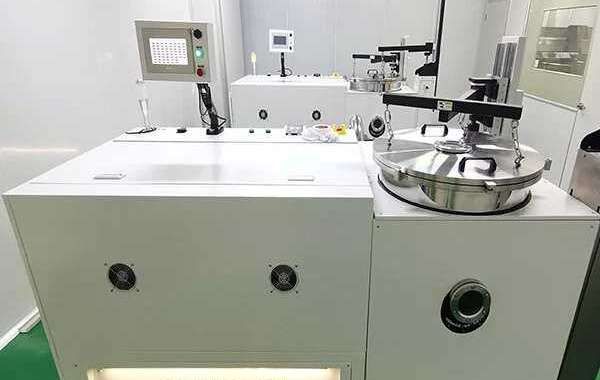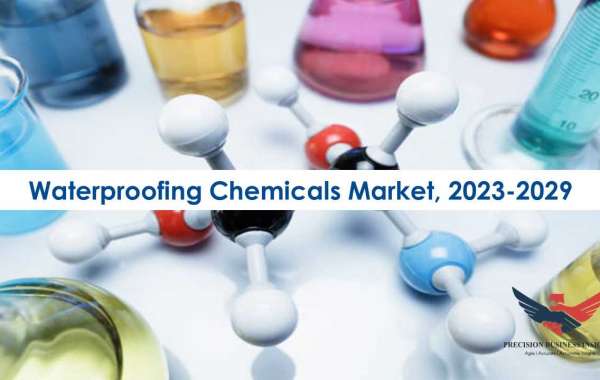1. Abrasion: Rapid and cost-effective microabrasive removal of parylene films is easy to implement and environmentally friendly. Microabrasive jetting Explicit formulation of inert gas/dry air and abrasive media propelled over a parylene-coated part through a tiny nozzle attached to a stylus; hand-held manual or automated systems can be used to identify targeted removal areas . Carried out in a closed anti-static chamber, a vacuum system continuously removes parylene fragments from substrates and processed through a filtration process. Grounding device eliminates electrostatic potential. Abrasion removes parylene coating from individual test nodes, axial leaded components, through-hole integrated circuits (ICs), surface mount components (SMCs), or entire PCBs. Abrasion is usually the easiest and fastest method for removing a parylene conformal coating applied uniformly to a substrate surface. the
2. Laser: Typically utilizing a pulsed laser source, laser ablation converts parylene into a gas or plasma. This must be controlled because each laser pulse only separates a fraction of the thickness of the thin film material. However, ablation is cost-effective for complex removal jobs because the treatment can be performed in one step. Better quality removal with 100% parylene-free areas; photo ablation in particular gives excellent results for these purposes. Design trade-offs are lower than with other removal processes because laser application can be controlled down to a single micron. 3-D devices can also be effectively served. the
3. Mechanical: Most mechanical removal techniques - cutting, picking, sanding or scraping the precise surface extension coating to be removed - require considerable care and attention. The excellent uniformity of parylene coatings combined with their ability to withstand manipulation and overall strength can accelerate damage if mechanical processes are not applied precisely. While proper masking can lead to good parylene dot removal, mechanical techniques are unreliable for larger-scale surfaces. the
4. Plasma: The application of oxygen-based plasma can remove parylene film. For Parylene C and N, plasma removal begins by introducing oxygen radicals to open the benzene rings, thereby generating hydroxyl groups between the benzene rings of the polymer chain. This is followed by oxygen uptake at the atomic/molecular level, causing the formation of unstable peroxyl groups followed by rearrangement into volatile carbon monoxide or carbon dioxide. Parylene removal can be performed more quickly by additional plasma treatment at the radical site, increasing the openings in the benzene ring of the species. the
5. Heating: The thermal parylene coating removal technique (including burning the conformal coating with a soldering iron) is the least recommended coating removal technique. Heat is difficult to manage. Its use should be limited to spot removal; large-scale removal applications can quickly produce damaged coatings outside the target area due to greatly reduced process control and emissions of toxic vapors.
Maggie Nano Technology Co., Ltd. is a high-tech enterprise specializing in the RD, sales and production of Parylene vacuum coating equipment and its services. If you want to know more about parylene coating, welcome to consult!








